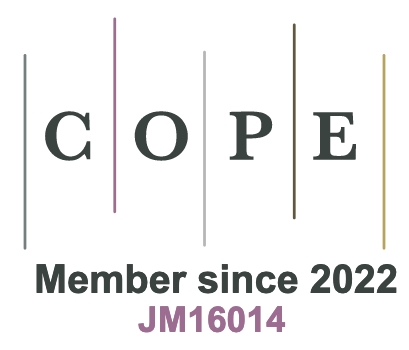A Special Issue of Journal of Materials Informatics
ISSN 2578-5281 (Online)
Submission deadline: NaN undefined NaN
Submission Deadline
NaN undefined NaN
A Special Issue of Journal of Materials Informatics
ISSN 2578-5281 (Online)
Submission deadline: NaN undefined NaN


All published articles are preserved here permanently:
https://www.portico.org/publishers/oae/